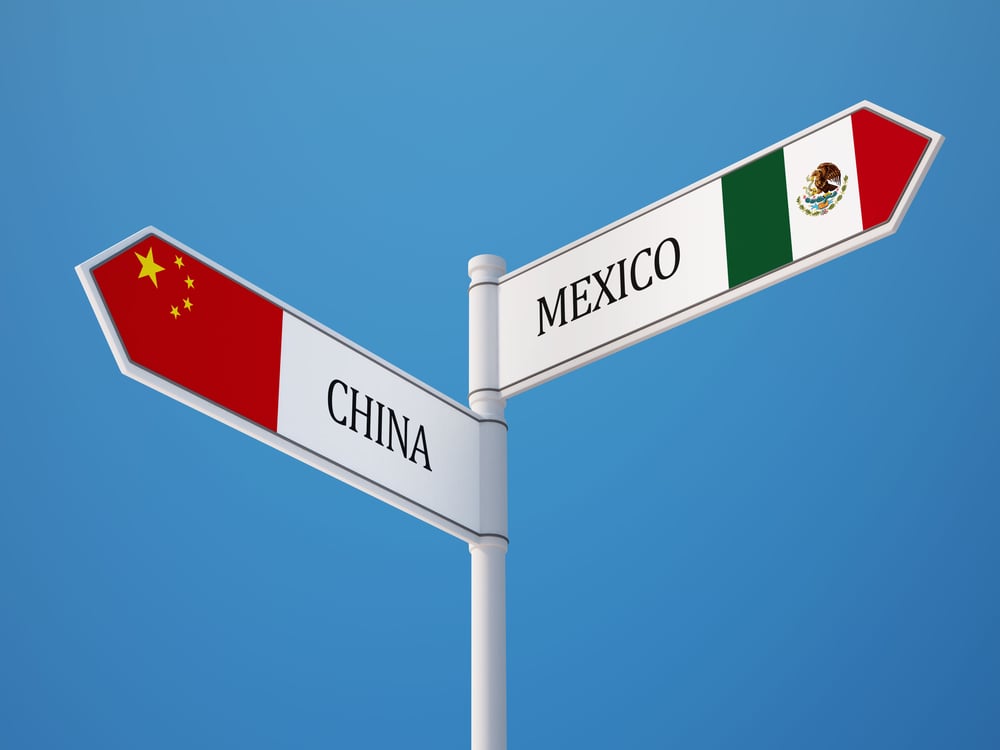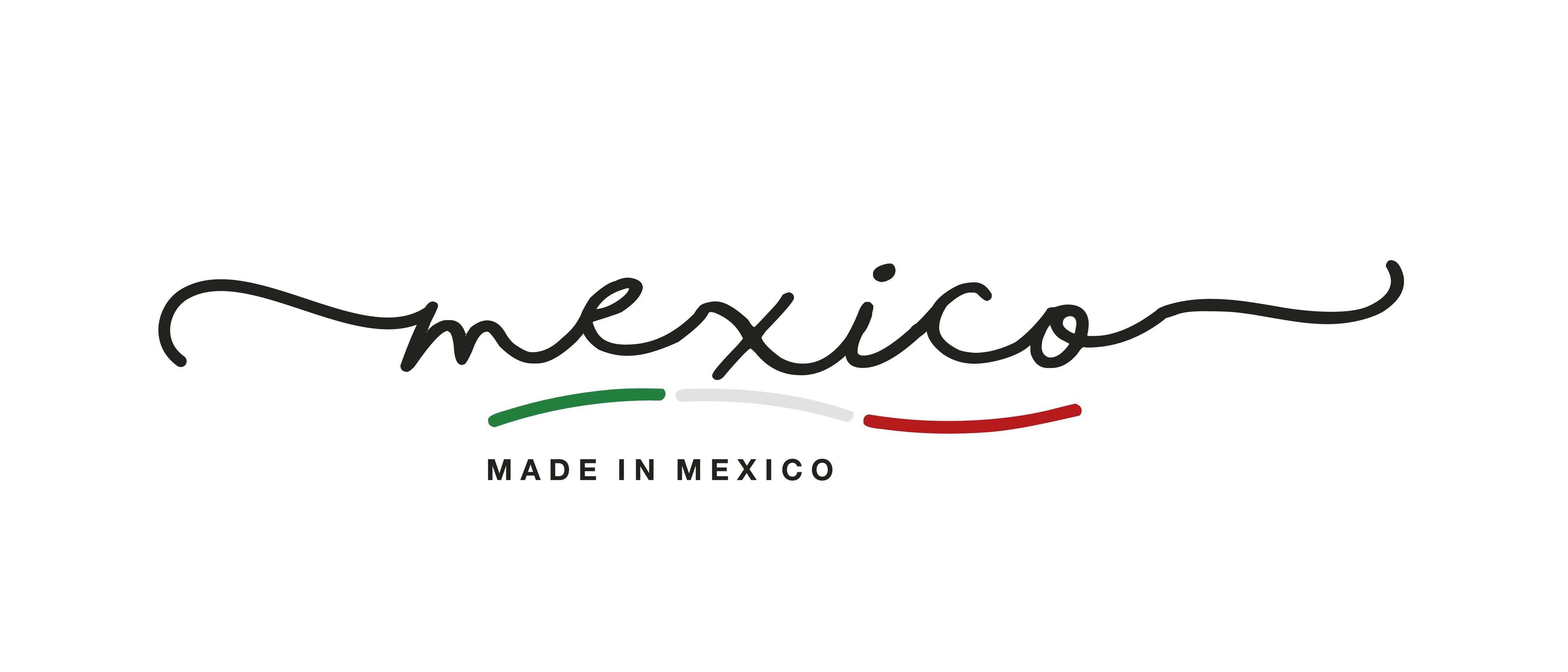There’s no doubt that supply chain disruptions ranging from U.S. tariffs to the COVID-19 pandemic have driven more global organizations to take a hard look at their facility footprint. However, according to the Institute for Supply Management’s July 2020 survey of U.S. manufacturers, only 24% of survey respondents were considering reshoring or nearshoring part of their operations. Fewer still had already made a move.
Some executives may be wondering if a change in the U.S. administration might provide a reason to remain where they are today in the expectation of more predictable relations between foreign partners. Others are taking a closer look at how launching a manufacturing operation in Mexico could reduce their supply chain risks.
So, will this year’s disruptions prove to be a minor hiccup in global trade or the beginning of an exodus out of China for foreign investors?
A cresting trend
According to Tim Ryan, chair of the tax consultancy PwC U.S., companies can expect to see their colleagues continue to shift their supply chains out of China no matter who wins the U.S. election. That’s because this recent shift is actually a trend several years in the making, one that has yet to peak.
During a recent CNBC Closing Bell interview, Ryan commented, “[O]ne of the things that we’re seeing is supply chain derisking has moved all the way up to the boardroom level, as we see now concentrations in our supply chains that was maybe not evidenced before.”
In recent years, global companies have become increasingly aware of the risks of having supply chains concentrated in only a few offshore locations. As these companies map out known and potential unknown risks in their supply chains, it’s driven these major players to examine offshore benefits in a new light and, in many cases, see nearshoring or regionalization as less risky strategies.
“Using China as a hub...that model died this year, I think,” Vladimir Signorelli, head of investment research firm Bretton Woods Research told Forbes.
Political shifts
Companies focused on “derisking” by moving or expanding their manufacturing footprint beyond China are also considering the shared emphasis by both U.S. presidential candidates to shore up domestic manufacturing. Evidence indicates that manufacturers won’t be reshoring U.S. operations, but instead looking at nearby trade partners that provide both the low-cost production and proximity to shore up U.S. manufacturing during critical times. In this case, Mexico is a clear frontrunner for relocation.
Evidence indicates that both U.S. presidential candidates are fairly aligned on their goals with trade in China, as well as stated commitments to boost domestic manufacturing. In his campaign pledge, Biden points to a goal, not of pure self-sufficiency, “but broad-based resilience.” This includes a call to work with close partners to develop new approaches to supply chain security. Both candidates remain committed to upholding the USMCA, which is encouraging more manufacturers to shift component sourcing—particularly in the automotive industry—to Mexico to benefit from the agreement’s rule of origin requirements.
PwC’s survey found slightly more executives reported being worried about trade tensions with China under Trump, compared to under Biden. However, nearly 30% of PwC survey respondents said they “strongly agree” that, no matter who wins, trade restrictions on China will only intensify.
A promising long-term alternative
Mexico has long offered low-cost manufacturing benefits and government incentives to encourage foreign investors, and substantial industrial supply clusters have grown across the country as a result. Now, with the ratification of the “new NAFTA,” or USMCA, it offers something that many companies have been seeking in the last few years: a sense of stability.
Long-term, manufacturing in Mexico offers a promising picture. As its industrial clusters continue to grow, they drive investment in supporting infrastructure. This includes technical training at universities and within dedicated manufacturing community training centers. This level of investment has driven a growth in more complex manufacturing, such as in aerospace and medical device manufacturing.
What’s more, Mexico offers a demographic advantage not found in many other low-cost manufacturing centers. Nationwide, the population remains stable, and projections indicate that incoming workers will be sufficient to offset those retiring for years to come. Despite its growing labor force — and, consequently, competitive employment market — Mexico is able to keep wages relatively cost-effective.
Strengthen your position
Experts are expecting that global manufacturing output may not again reach 2019 levels, in some cases, until 2024. That’s a big testament to the disruption taking place today. To find stronger ground, many companies will need to make decisions about weathering this storm or building a stronger advantage to withstand the next disruption.
Those companies that make a move today will be able to solidify the partnerships and systems that will provide a competitive edge in the future.
Companies ready for a competitive edge will find they gain just that in partnering with Tetakawi. Over the last three decades, we’ve helped thousands of companies maximize the benefits of manufacturing in Mexico. If you’re ready to learn how you can create a stronger foundation for your global operations, contact us today.
Subscribe
Sign up and stay informed with tips, updates, and best practices for manufacturing in Mexico.






